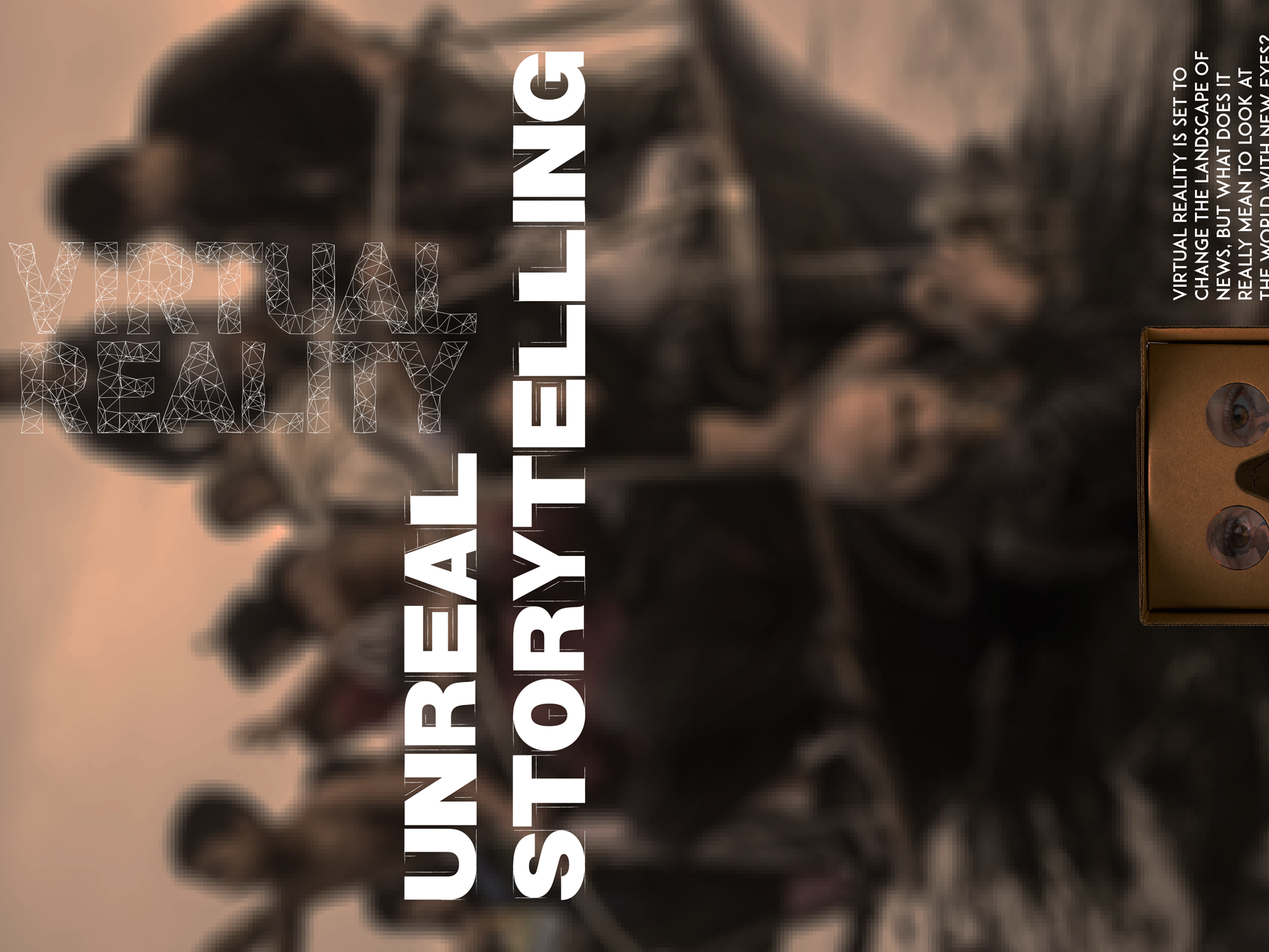Written for Screentime_01, a magazine I co-edited and designed.
No one had taken the floor of the US Senate chamber topless before. But then no one had wielded a flag pole as a spear, forced their way inside one of the most secure buildings in America and turned the Senate dais into a clickbait photoshoot either. On 6 January 2021, Jacob Chansley turned western democracy into a meme.
The resounding image of this year is not a PPE-clad nurse but a man in his 30s replete with horns and fur headdress posing for his next profile shot. The ‘QAnon Shaman’ became the poster boy for the Capitol insurrection. His image is the end game for three years of shifting misinformation that ate up right-wing conspiracists and New Age spiritualists alike.
Six months on, Chansley faces charges of violent entry and leading the insurrection. However his lawyer, Albert Watkins, has claimed he is non-violent, calling his client “a man of faith in shamanism, a longstanding faith.”
Through transforming into the QAnon Shaman, Watkins said Chansley became “inextricably linked to an event which will become known not as a day of infamy, but as a day on which our nation was compelled to…acknowledge each of our roles in permitting, fostering, tolerating, endorsing or ignoring without action an ever-increasing barrage of divisiveness, intolerance, untruths, misrepresentations, and mischaracterizations through an unrelenting multi-year propaganda odyssey.”
What Watkins failed to blame America for was the creation of a real-world political meme.
The persona of the ‘Shaman’ is the product of distorted information that imitated and mutated its constituent parts. Half freedom-fighter, half spiritualist zealot, the ‘Shaman’ straddles two sides of disenfranchised America that had been smashed, then welded together under Q.
QAnon is a conspiracy theory of everything. Anti-establishment groups flocked immediately, but Q’s teachings that a cabal of Satan worshippers, paedophiles and Jews control us is gaining growing traction in the world of spiritualism and New Age thinking.
Both areas are sceptical of government intervention. Anti-vaccine, anti-mask and against institutionalised health care, individuality is paramount.
As Infowars host Alex Jones riled against the vaccine in a bid to flog his ‘antidote’ whitening toothpaste, some wellness influencers professed that indulging the ‘personal truth’ of your body would stave off Covid-19.
QAnon forgoes ‘cash for enlightenment’ schemes that have targeted sound bathers, crystal users and reiki healers and instead demands views and clicks. With high promises and low barriers to access, these communities make up the majority of new Q followers.
Dr Simone Natale, Senior Lecturer in Communication and Media Studies at Loughborough University, and author of Deceitful Media, explained that: “There are tendencies in spiritualist and occultist movements that we find in elements of conspiracy theories and right-wing content.”
“Sometimes very different theories and approaches are brought together, even if they might seem contradictory from each other.
“Throughout history, spiritualist figures have always been involved in progressive movements, usually based around a visually striking figure”, said Dr Natale, “it’s a tendency to look for alternative viewpoints, such as you find in the case of the Capitol and the shaman.”
Where right-wing activism and spiritual performatism had competed for social media eyes in the past, the lines started to blur with a wave of feminine-coded, ‘Pastel Qanon’ posts, spewing the same messages as daunting hardliners, but wrapped up in Instagram-friendly aesthetics.
New Age wellbeing influencers desperate for the social clout leapt aboard the freewheeling bandwagon. Buti Yoga founder Bizzie Gold stated in an interview that we ‘should stop being poisoned through vaccines’ while yoga influencer Stephanie Birch used QAnon-related hashtags such as #greatawakening on her Instagram account, interspersed with posts about motherhood and inspirational quotes: “We are experiencing a spiritual warfare against mastery manipulating puppets that go back years,” she wrote across a picture of a blue sky.
Her following rocketed.
Social media and influencer manager for Virgin, Dan Smith, thinks that any good influencer needs to make an impression, and that impression can be used to force through anything from sponsorship deals to fake news and dangerous ideas. “Anyone can be an influencer these days,” he says, “but it is their perceived credibility that gives them impact. It can be copying the look of their audience, jumping on trends or even a tiny blue tick next to their name – when people see that others are listening, that’s when things explode.”
The corporate world uses influencers to be more relatable, presenting their content as more ‘authentic’ than mainstream media.
By embedding their messaging in the reality of a domestic routine, a yoga class or a family holiday, QAnon’s raft of willing influencers made its message more compelling in those communities – both in America and beyond.
Q’s teachings have made it as popular as some mainstream religions in the US, and research from Hope Not Hate found that one in four people in Britain agreed with the conspiracies propagated by QAnon, including Covid’s depopulation motives and that “secret satanic cults exist and include influential elites”.
In February this year, Chansley successfully lobbied the court system on religious grounds to abide by his ‘shamanism’ and grant him organic vegetables, soup and wild-caught tuna for the duration of his stay in a Washington DC prison.
As the Department of Justice unravelled the attacks they found that Chansley was not the only yogi present. One South Californian militia group was led by former police chief turned yoga instructor, 56-year-old Alan Hostetter.
The big beard, pony-tailed hair and crisp white tunics seen in his yoga videos have earned him a large following, but as the threat of the pandemic grew he became increasingly involved in QAnon. “World’s about to change, my friend,” he said in evidence heard by his trial, mirroring the language of hashtags threatening a ‘coming storm’ on QAnon posts.
Dereck Beres, in his podcast Conspirituality, argues that America’s spiritual middle class, who had frequented yoga spaces, wellness clinics and meditation rooms were, for the first time, told they couldn’t do something when Covid struck.
“Since they don’t have any public health knowledge, since they don’t have any civics knowledge,” Beres said, “the only place they have to turn is their Instagram feeds.”
Chansley was one of hundreds of American’s who stormed the Capitol, yet he has turned the lens back on millions more.
Each share surrounding Q contributed to a rising storm that engulfed spiritualists, extremists and the meek middle class alike. Chansley’s fur-covered arse soiling the seat of power shows that the line between online and offline is not as rigid as the establishment had hoped.
It is not that the whisperings of online conspiracies have come true, but that aggressive political memes walk among us and they don’t care who they have to chew through to surface.









